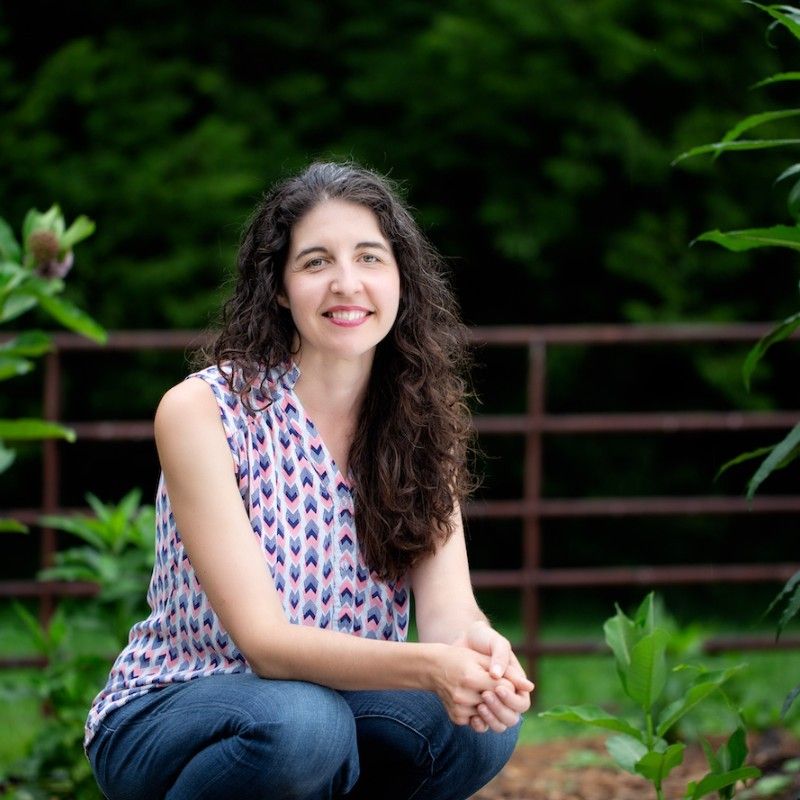Land Conservation Is in Your Hands
How to protect your slice of heaven


There’s hardly a city, town, or suburb that doesn’t include a subdivision or shopping complex named after the farm that once stood there.
In just 15 years — 2001 to 2016 — 11 million acres of productive farm- and ranchland were put into urban or low-density residential land use. This means we’re losing 2,000 acres of farmland per day, according to the American Farmland Trust.
Whether you have a single acre or 100-plus acres, stewarding this land against external pressures is a daily struggle. The loss of open space doesn’t only impact farmers, it impacts everyone eating the food grown there; the wildlife and birds that eat, live, and travel there; rare regional species; and the culture of a community.
Land trusts can help
“Land conservation is important, ultimately, because they’re not making any more of it. As soon as land is developed, it’s always developed,” says Heather Housman, executive director of Woods and Waters Land Trust, in Frankfort, Kentucky.
Land trusts are usually nonprofit organizations protecting land use, and every land trust has a different focus. This may be to protect and connect the forests and waterways of a watershed — like Woods and Waters Land Trust — to hold land for and return land to Indigenous tribal nations, to keep working farmland in farmers’ hands, to ensure open space for outdoor recreation, to protect sensitive habitat, or to build capacity for farmers of marginalized groups.
Some land trusts have a multi-prong purpose, such as Jefferson Land Trust, which conserves forests, farms, and watersheds on Washington’s Olympic Peninsula and partners with organizations to support farmers there. But it’s not just country — there are even urban and suburban land trusts working to retain affordable housing.
Conservation easements
Just as every land trust has a unique focus, they each have different tools that allow them to do their work. Voluntary conservation easements are a primary tool for working with private landowners.
“A conservation easement is a permanent covenant that runs with the deed of the land forever. It basically is designed to protect the conservation values on a piece of property,” says Sarah Spaeth, director of conservation and strategic partnerships for Jefferson Land Trust.
Looking at the concept of land ownership as a bundle of rights. you have the right to occupy, develop and subdivide the land, to harvest the trees and the minerals, etc. A conservation easement transfers some of those rights to the land trust.
An easement doesn’t mean you can’t continue to enjoy your land; rather, you are committing to using it in a way that protects the conservation values of the property.
“All conservation easements have some public benefit. That could be intact forests protecting rare species, it could be farmland, it could be protecting riparian areas to improve water quality,” Housman says.
Most importantly, a conservation easement prevents a property from being lost to development in the future.
Working with a land trust
A conservation easement on your property will have different terms than one on your neighbor’s. The process of permanently protecting your land begins a conversation with a land trust organization about your wishes.
“Terms are decided using a combination of negotiations with the landowner and the land trust. We want to understand what the conservation values are and how we can ensure they’re protected,” says Spaeth. “If it’s an agricultural easement, we want to preserve the soil for agricultural uses. If there’s a creek on it, we want to make sure there’s a healthy riparian buffer. If it’s a forest, we want to have a forest management plan.”
Part of the negotiations might include future building rights, that a certain percent of timber may be harvested, or that land access and cultural rights remain open to indigenous communities. Whether you continue ownership of the property for another 50 years or it falls into another owner’s hands in 5, the land trust will continue to monitor the land’s conservation values and ensure that the land is being used as agreed upon.
Land value is another discussion item. Some land trusts are able to purchase conservation rights from landowners, and others rely on donations. All may be restricted on the type of land they can work with, based on their mission and their donors’ and grant makers’ requirements. Some may help transfer the land to young farmers and ranchers when the time is right.
“If you have a little slice of heaven and you want to see it protected beyond your ownership, a conservation easement is the best way to do it,” Housman says.
In the time it took you to read this article, another 21 acres of open space was swallowed by development. This may be the time to explore your conservation options.
Find a Land Trust
You can search the internet for a land trust, of course, as well as visit the Land Trust Alliance, which has a searchable database of land trusts and conservation information for landowners.
American Farmland Trust also has a directory, as well as landowner resources.
Tags:Country Living

Acreage Life is part of the Catalyst Communications Network publication family.














